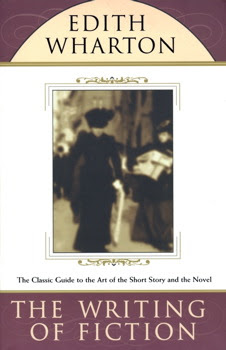The Writing of Fiction
by Edith Wharton
(Audio)
Learn how to craft stories and create works that will still be celebrated 100 years after publication!
Essays on the craft of fiction writing from the first woman to win the Pulitzer Prize, for her novel The Age of Innocence.
In The Writing of Fiction, Edith Wharton, a prolific writer and one of the twentieth century’s greatest authors, shares her thoughts on fiction writing, devoting individual chapters to short stories and novels. She stresses the importance of writers putting thought into how they build their story, from selecting subject matter and fashioning characters to crafting situations and settings. She explores the history of modern fiction and the contributions of Honoré de Balzac and Stendhal. She even examines the difference between literary and commercial fiction, as well as the work of Marcel Proust. Although Wharton passed away in 1937, her advice here endures and is bound to inspire writers for ages to come. “In The Writing of Fiction Edith Wharton gives us not only a period-appropriate glimpse into the mind of an exceptionally creative writer but also an appreciation for the thoughtfulness and discipline she brought to her craft. We are fortunate she was willing to share her observations.” —Ralph White, author of Litchfield
About the Author
Edith Wharton (/ˈhwɔːrtən/; born Edith Newbold Jones; January 24, 1862 – August 11, 1937) was an American novelist, short story writer, and designer. Wharton drew upon her insider's knowledge of the upper class New York "aristocracy" to realistically portray the lives and morals of the Gilded Age. In 1921, she became the first woman to win the Pulitzer Prize in Literature, for her novel The Age of Innocence. She was inducted into the National Women's Hall of Fame in 1996. Among her other well known works are The House of Mirth and the novella Ethan Frome. WikipediaBuy Edith Wharton Books at Amazon
The PDF might take a minute to load. Or, click to download PDF.
If your Web browser is not configured to display PDF files. No worries, just click here to download the PDF file.



.jpg)
No comments:
Post a Comment